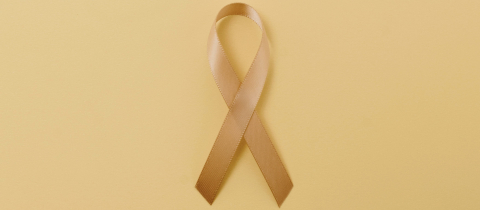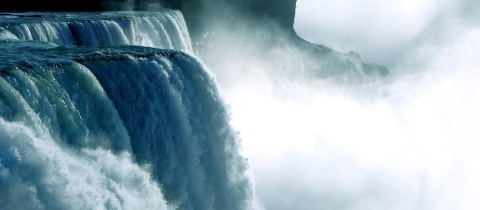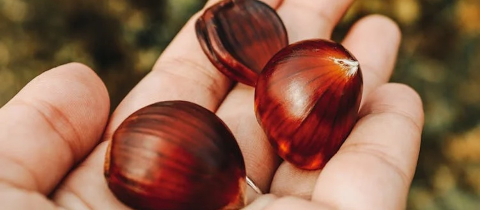I have a longstanding fascination with Victorian arts and sciences. It was the era when Darwin published the “Origin of the Species,” Perkin synthesized dyes, Lister introduced antiseptic surgery, Conan-Doyle and Charles Dickens thrilled audiences with the adventures of Sherlock Holmes and Oliver Twist. It was also the time when Michael Faraday laid the foundations for the practical use of electricity. But Faraday contributed more than the electric motor and generator to the advancement of science, his popular lectures, particularly the famous annual Christmas lectures at the Royal Institution, electrified audiences and generated an interest in science. Dickens, the dean of Victorian novelists, was a fan of Faraday’s lectures and when he ventured into weekly journalism with his “Household Words” in 1850, Dickens wrote a letter to Faraday asking for permission to reprint whatever notes he had used for his lectures.
Faraday obliged and sent Dickens notes from his most famous lecture, “On the Chemical History of the Candle,” that he had delivered during the Christmas holiday in 1848. Dickens did not feel that he had a strong enough scientific background to turn the notes into a compelling article for his readers and hired physician Dr. Percival Leigh to have a go at it. Leigh had already established himself as a skilled writer who had a knack for turning dry text into entertaining prose, and proceeded to adapt Faraday’s notes into a skit that featured a precocious boy who had attended Faraday’s lectures and attempted to pass on what he had learned to his bumble-headed uncle. Interestingly, in 1848 Dickens had written a Christmas novella, “A Haunted Man,” in which the hero is a chemist, described as a “a learned man in chemistry…surrounded by his drugs, instruments and books among a crowd of quaint objects…glass vessels that held liquids…”
That “learned man” might very well have described Michael Faraday, a scientist whose accomplishments went beyond the isolation of benzene, liquefaction of gases and harnessing the potential of electricity and magnetism. He brought to the public’s attention the dangers of releasing raw sewage into the River Thames and addressed the risks sailors faced when smoke from the burning of oil in lighthouses settled on glass panels and dimmed the light. For thirty years, Faraday served as the scientific adviser to Trinity House, the authority that oversaw lighthouse operations in England and Wales. Trinity had built an experimental lighthouse on the Thames in London where Faraday carried out a number of experiments. It still stands today on Trinity Buoy Wharf where it can be visited to pay homage to the scientist who perhaps had had the greatest influence on modern life.
Lighthouses flames at the time were fueled by burning whale oil in a chamber at the top of the tower. This produced smoke and water vapour that condensed on the windows and reduced the intensity of the light beam. If the weather was cold, the condensed water froze on the glass, further dimming the light. Faraday set to work and developed a chimney to carry away the moisture. This proved to be so effective that Faraday chimneys were even installed in Buckingham Palace.
Given that Faraday had invented the electric generator, and that his mentor Sir Humphry Davy had developed the electric arc lamp, it seemed that the obvious next step in lighthouse improvement was to replace oil lamps with electric ones. This was actually done in 1858 when an electric light powered by a steam run generator was installed in the South Foreland Lighthouse located in Dover on the English Channel. Faraday monitored the lighthouse for five years, its bright light even visible from France. Unfortunately, operation turned out to be too expensive and in 1880 the lighthouse was reconverted to burning oil. It would not see electricity again until 1922. It was also at the South Foreland Lighthouse that in 1898 Guglielmo Marconi received the first ship-to shore radio transmission and a year later, the first such transmission across the Channel.
Since lighthouses were commonly on islands or on isolated strips of land, lighthouse keepers lived a solitary life with only alcohol to keep them company. Inebriated keepers were a risk so authorities encouraged the drinking of tea instead of alcohol. The water in a lighthouse was collected from rain that dripped off the roof and the men complained that tea made with this water tasted bitter. Faraday, who among his many talents was also an outstanding analytical chemist, was asked to look into the problem. He traced it to salt from sea spray reacting with copper sheets on the roof to form soluble copper chloride that made the water not only bitter but dangerous to drink. His advice was to collect water only from the “dripstones” that formed the molding around doors and windows. Problem solved.







